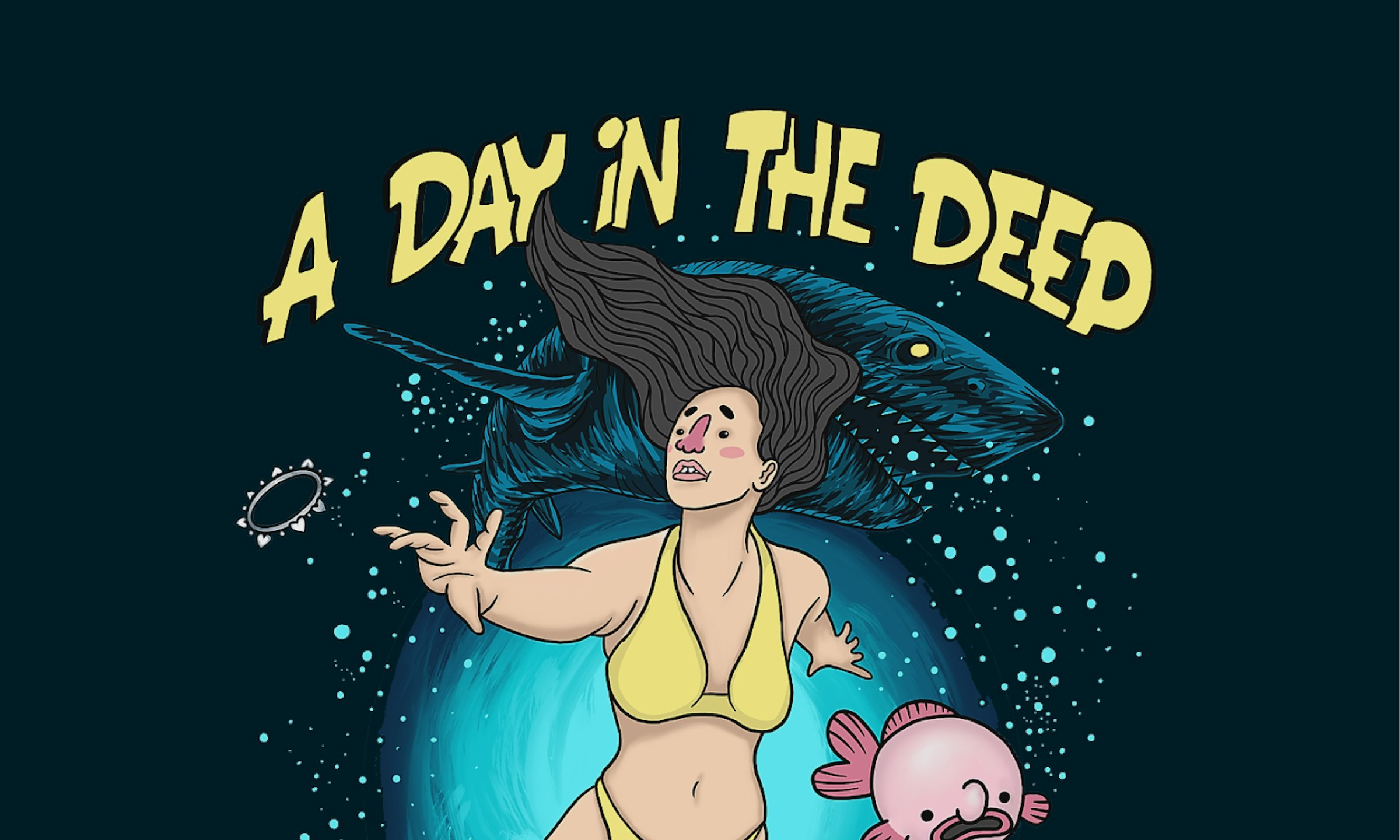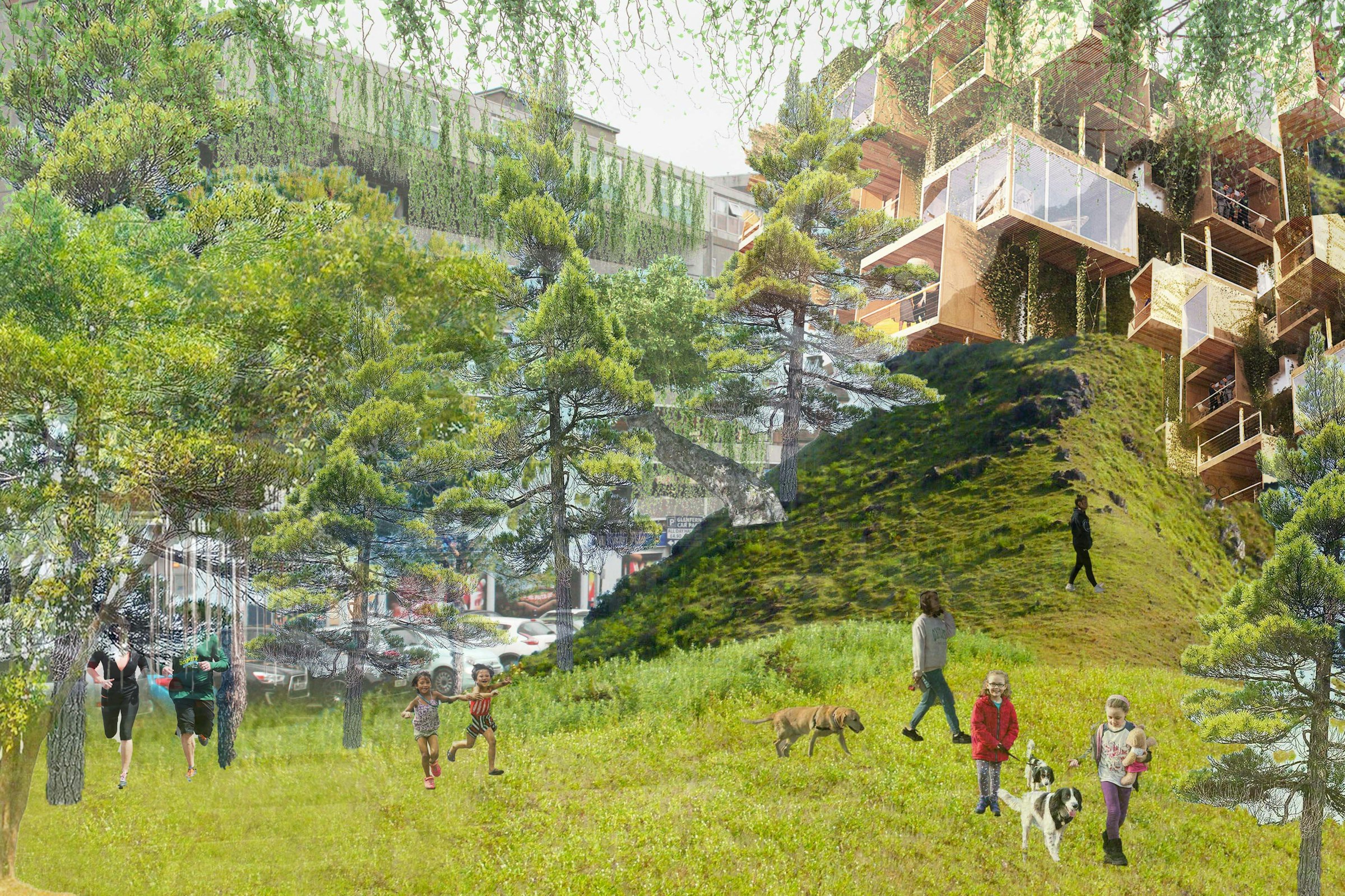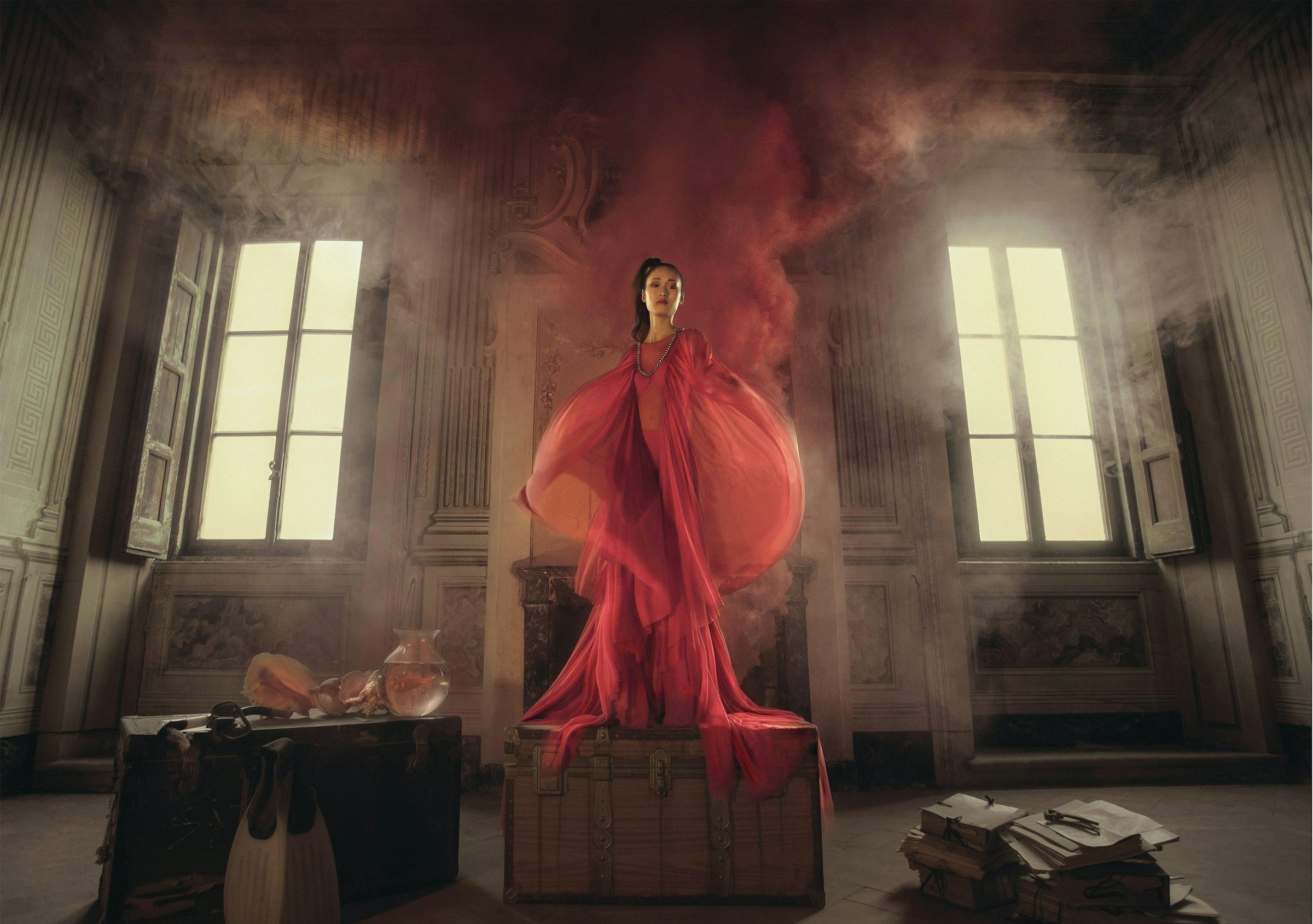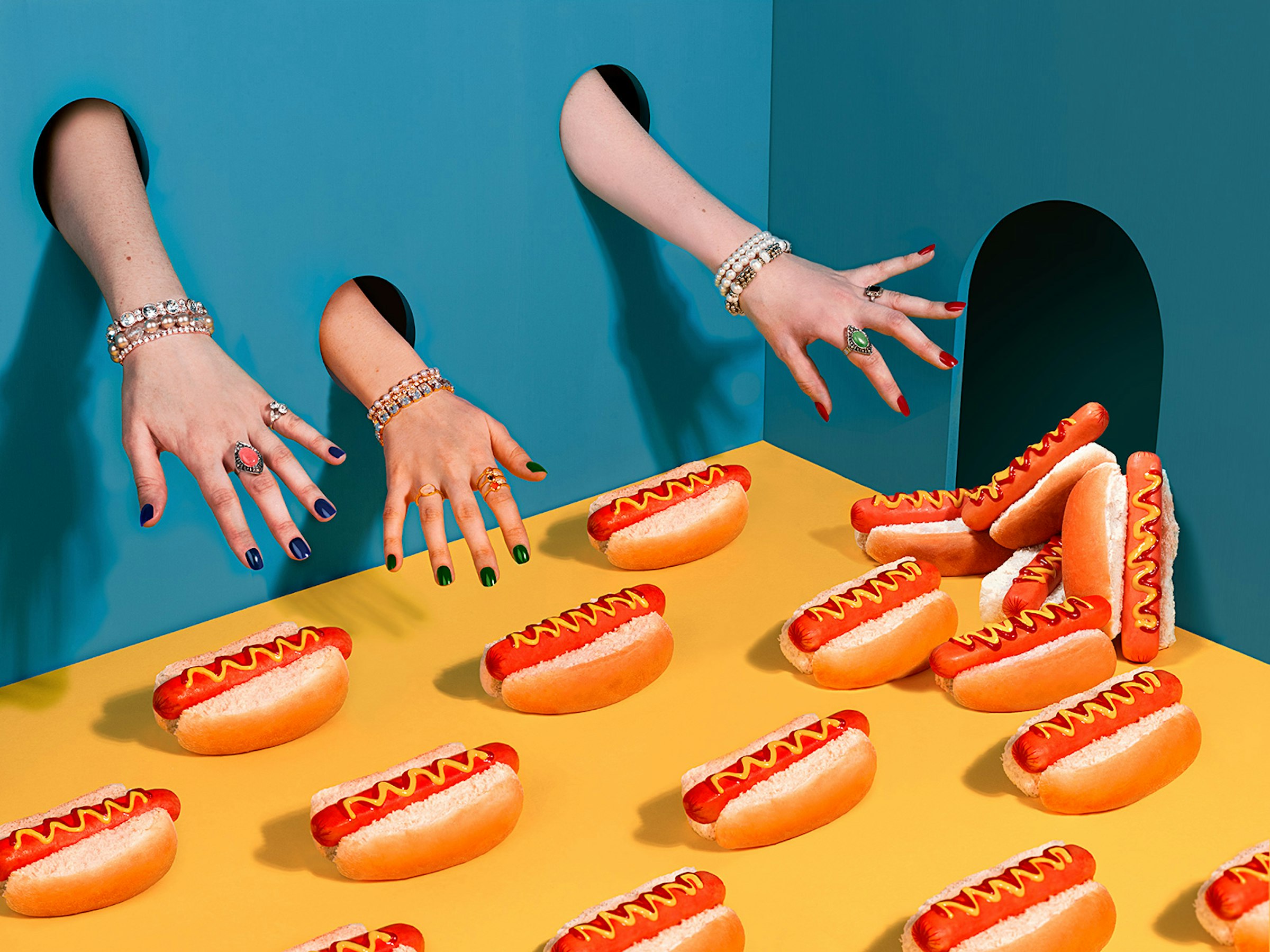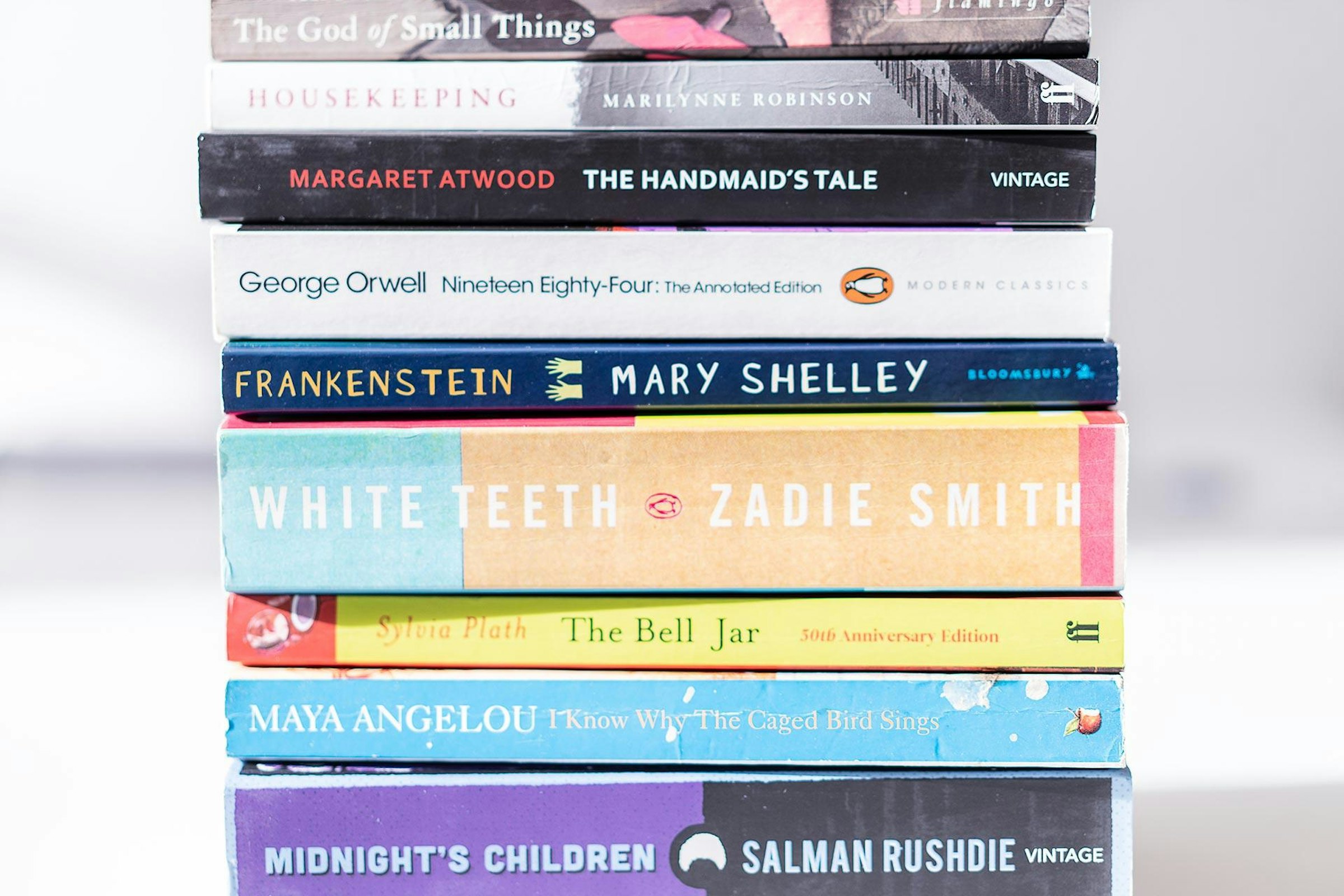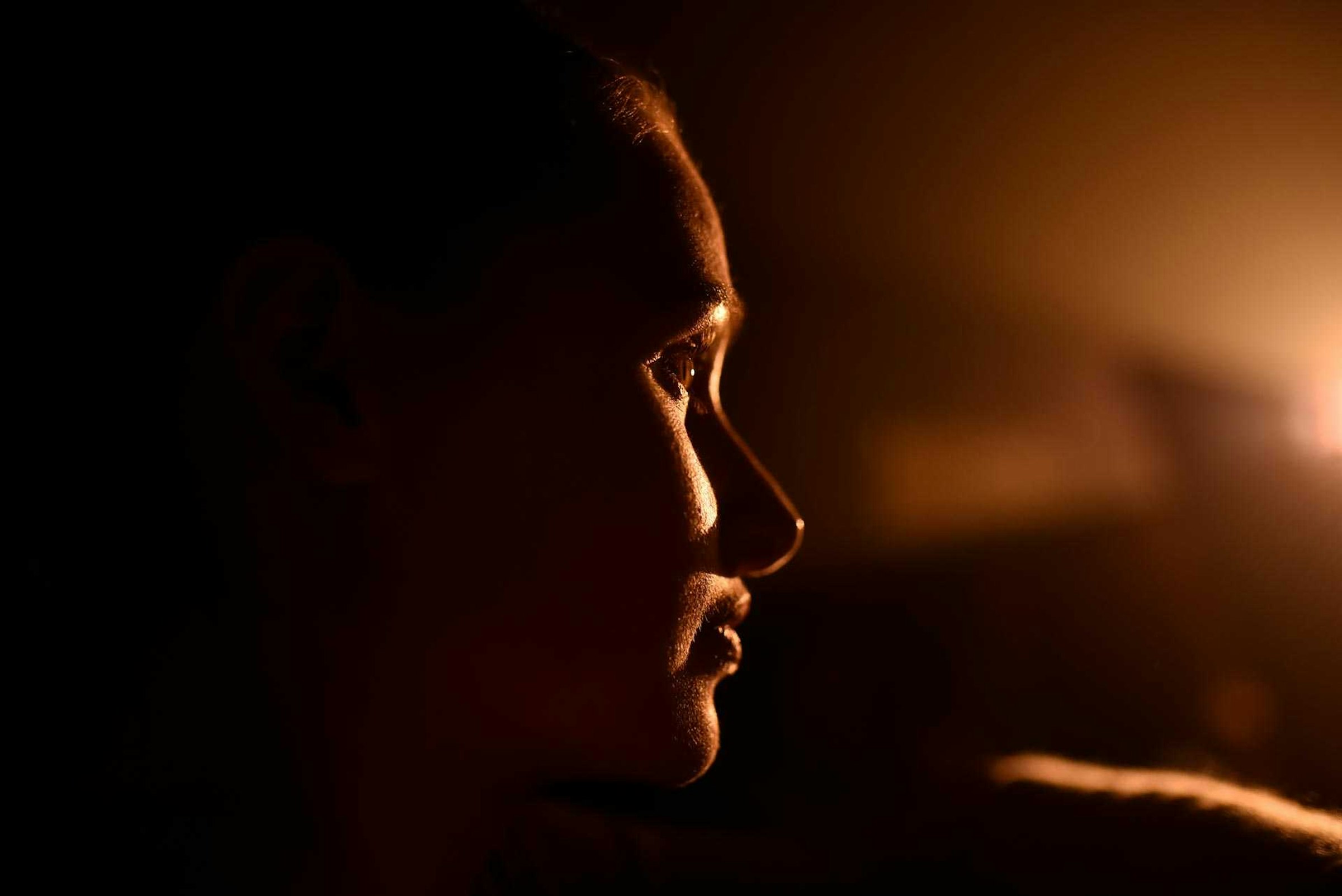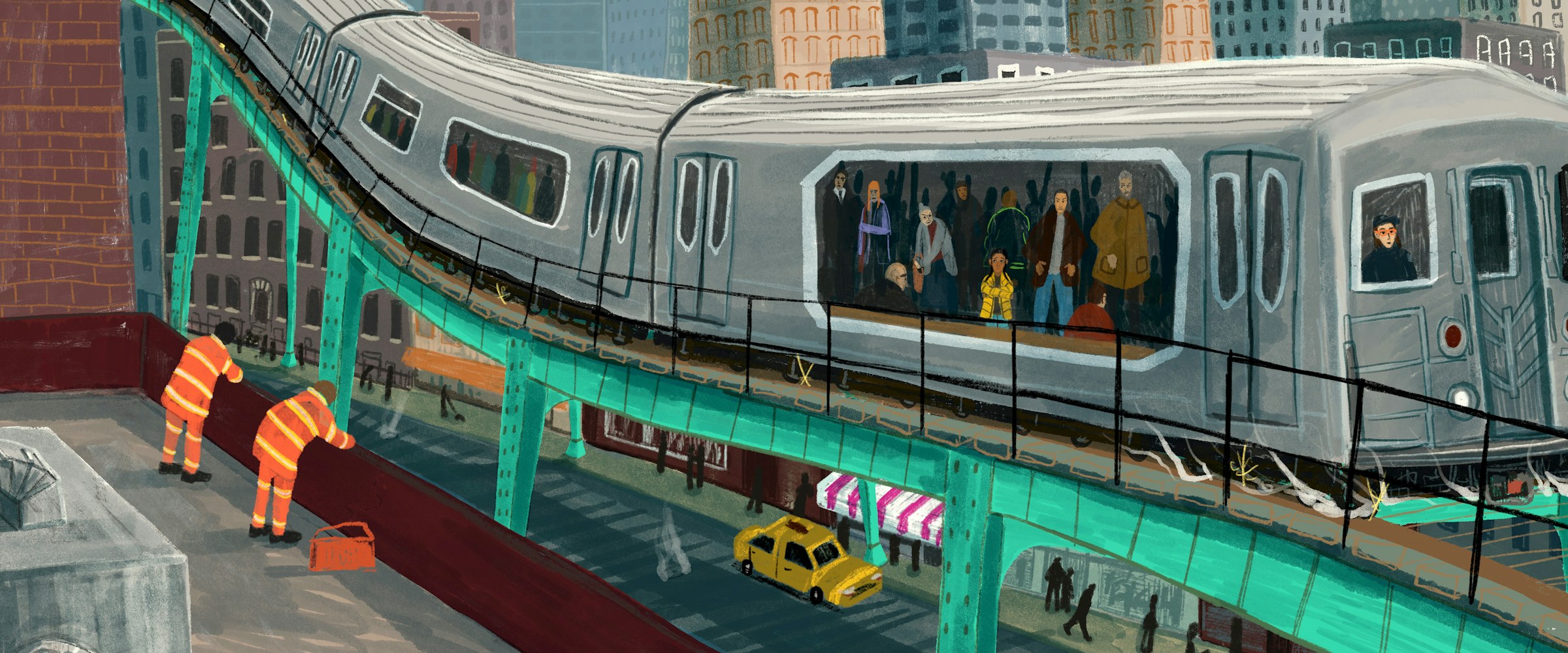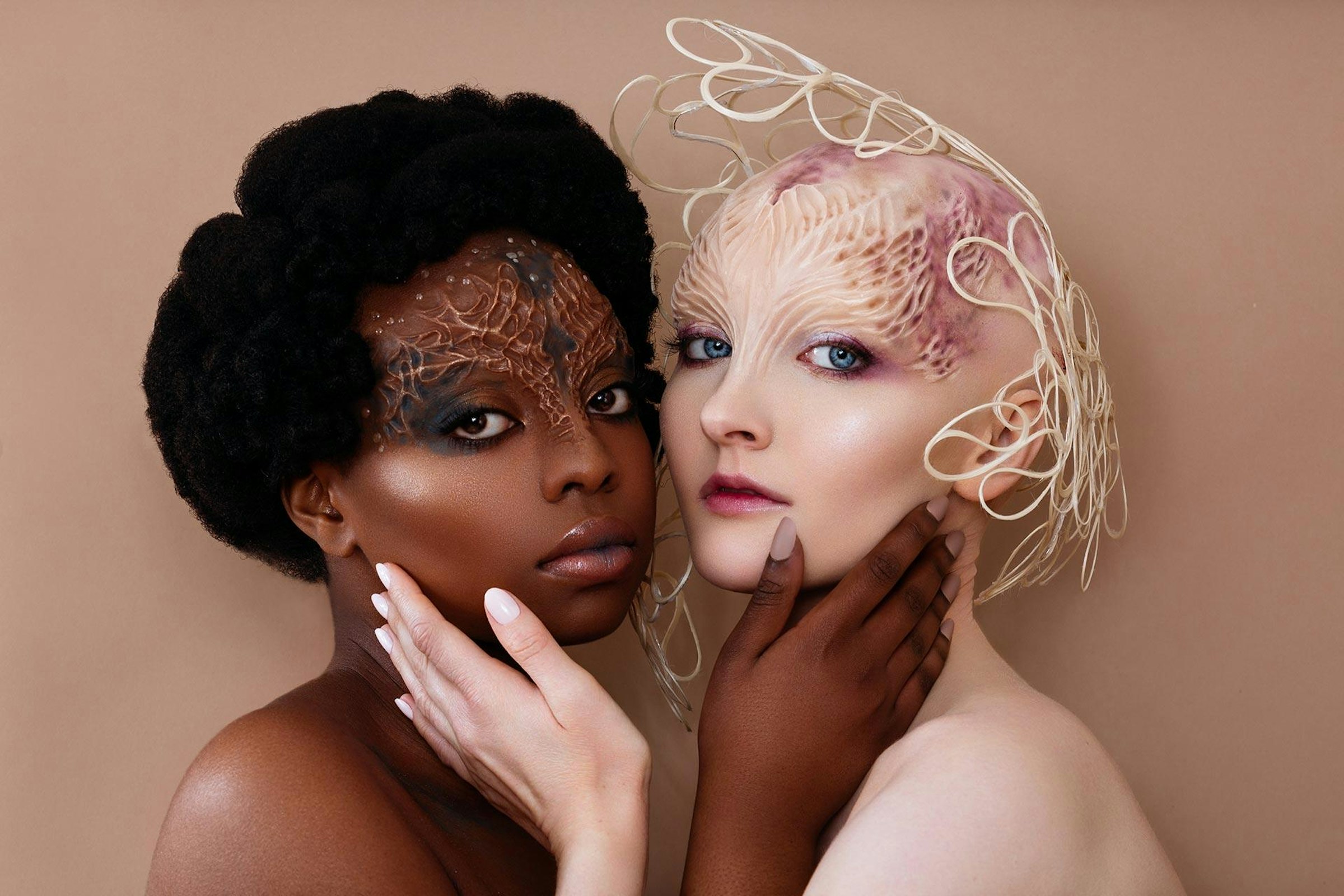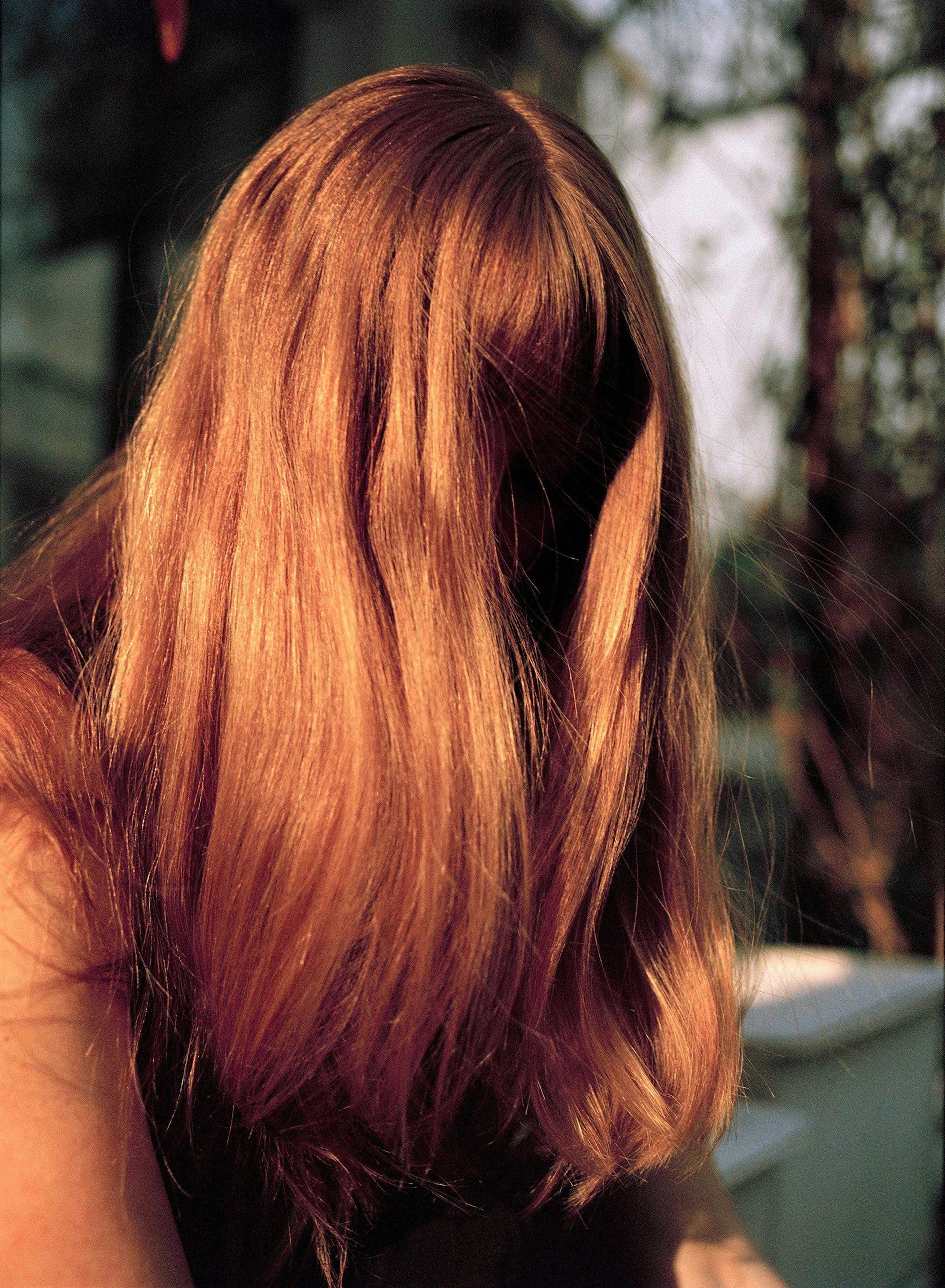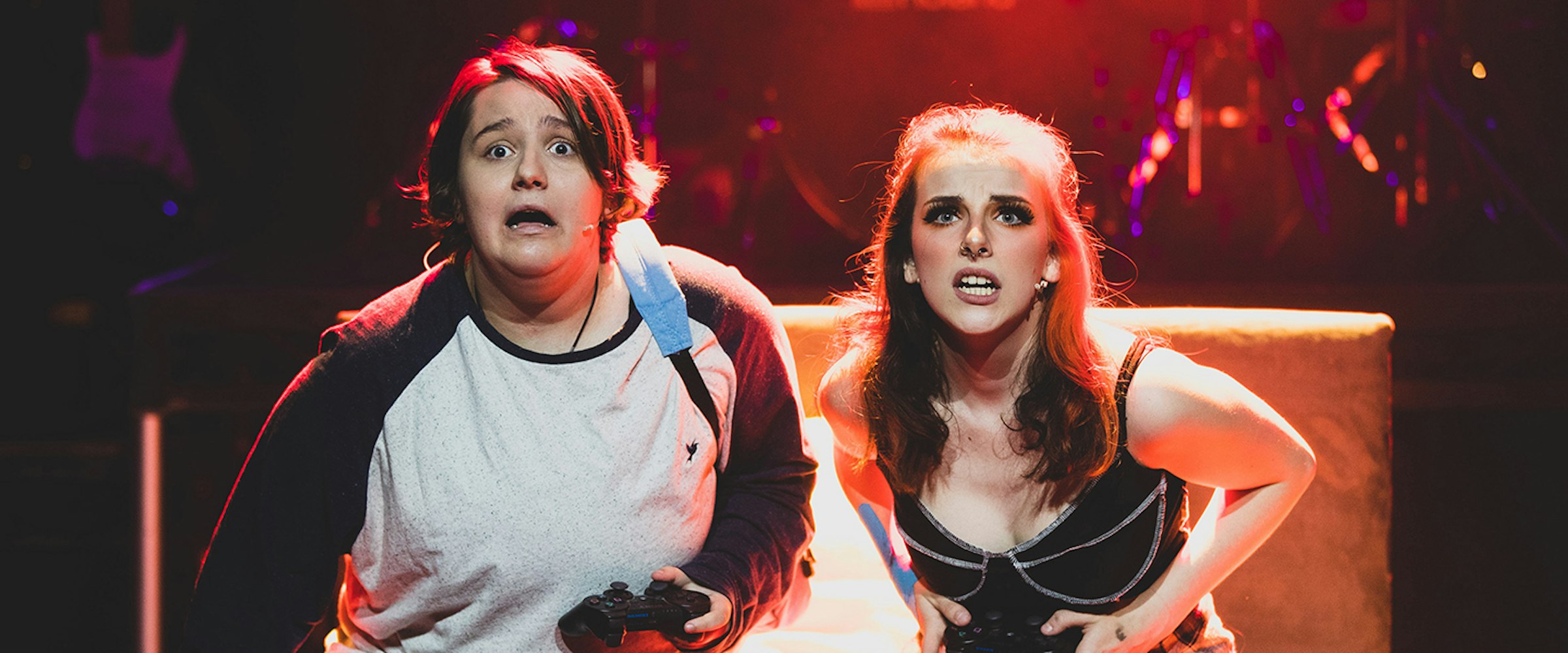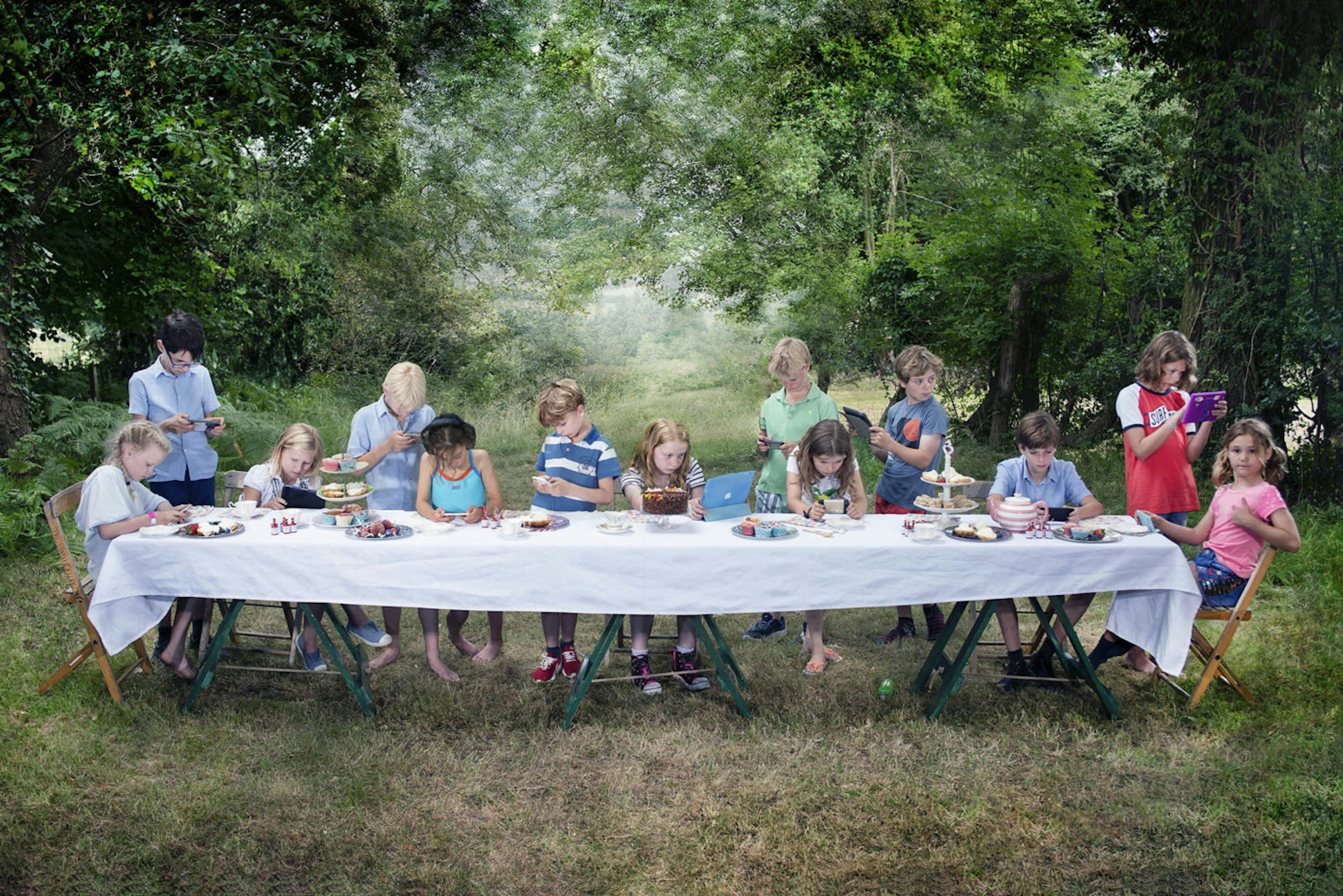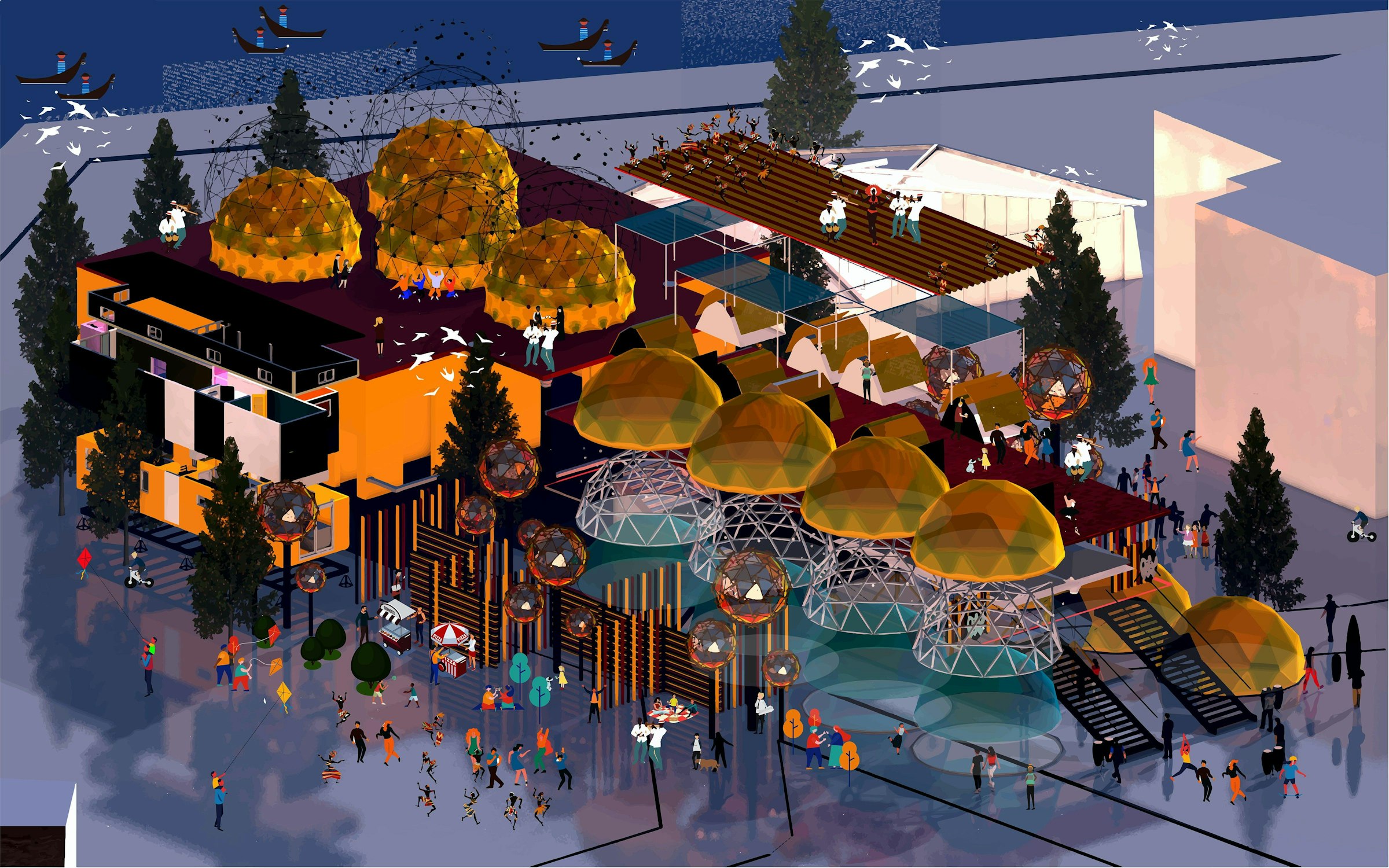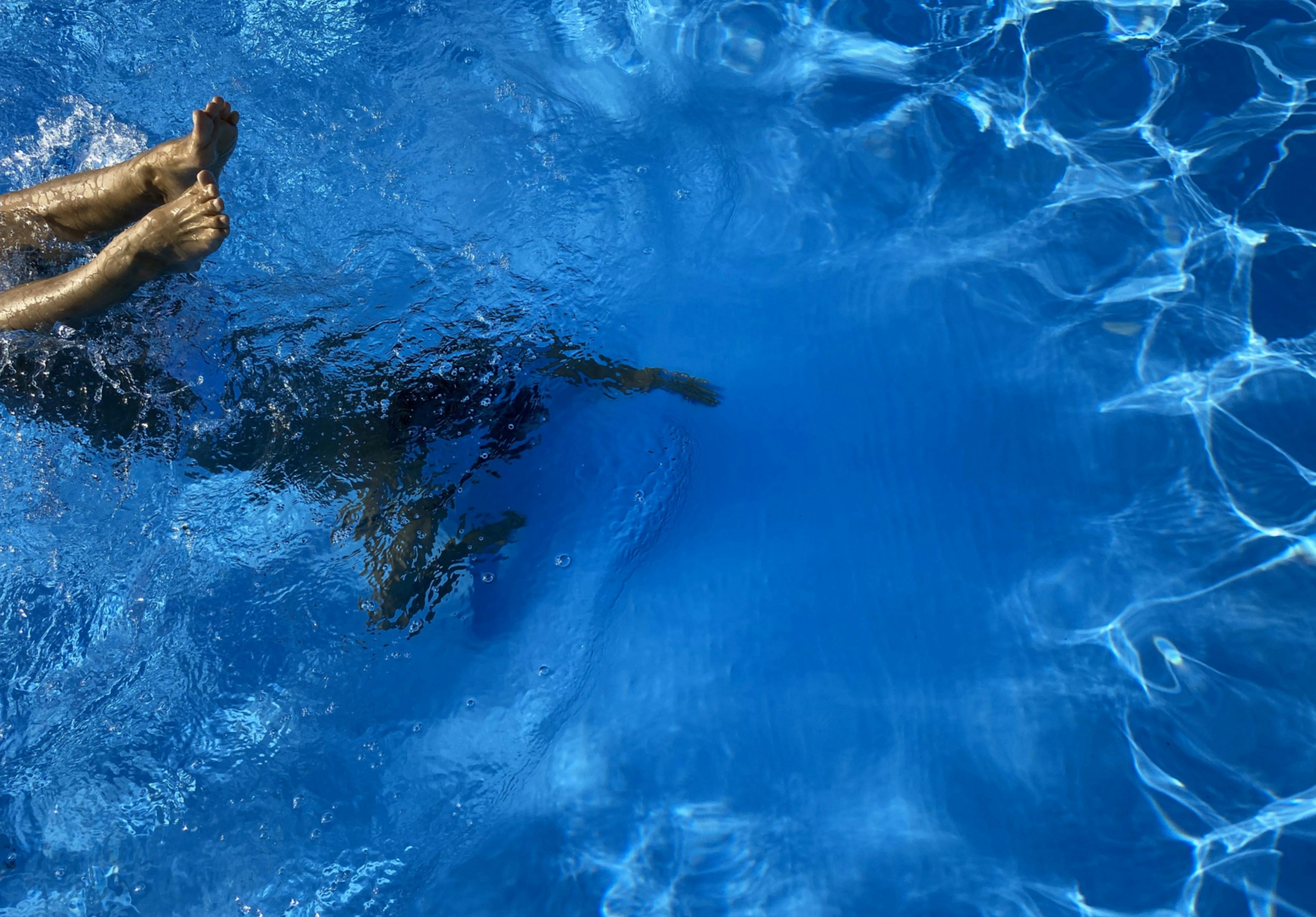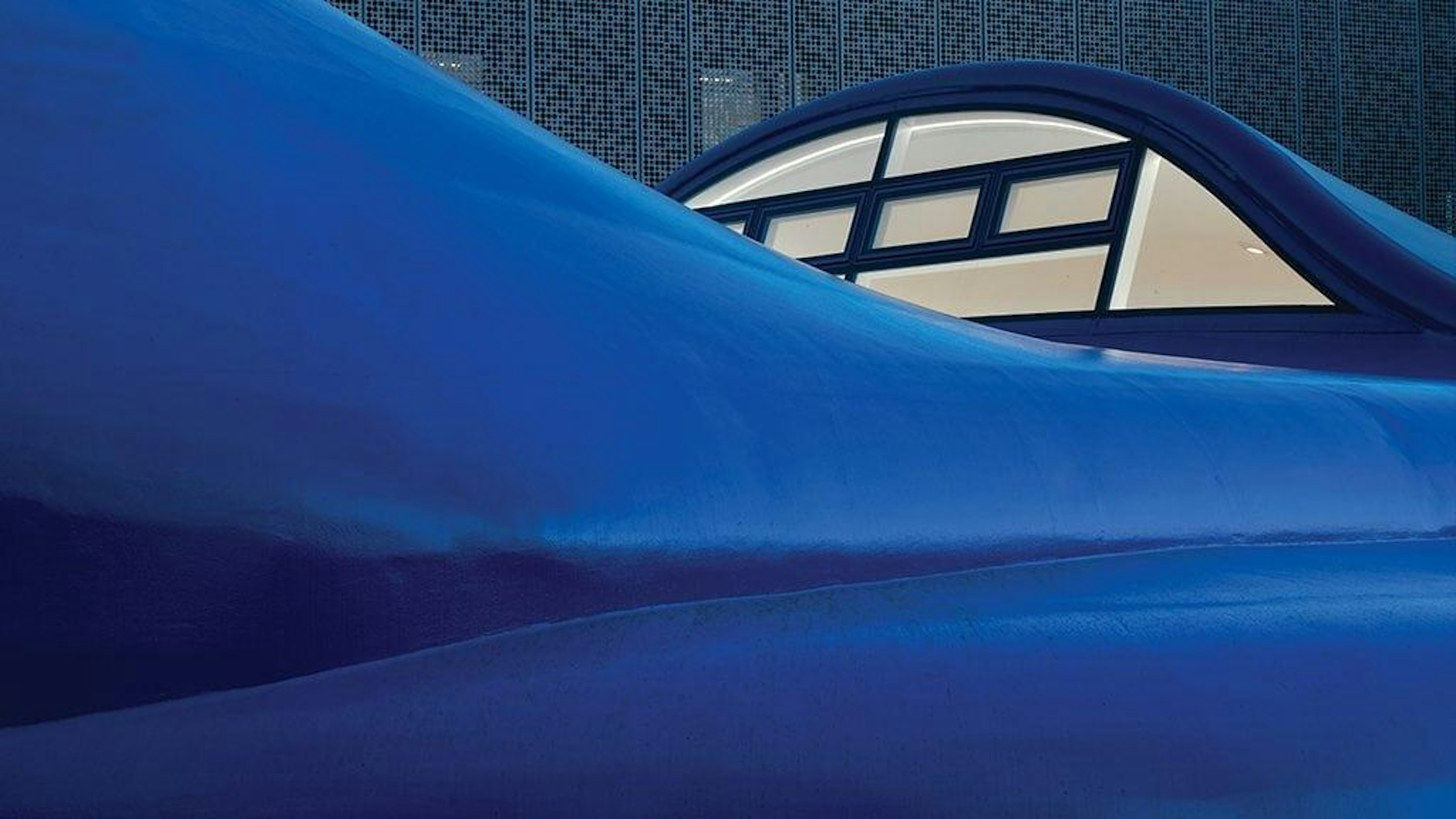
What I love about the BA (Hons) Animation Production course is that it concludes the three-year study with a final major project, in which all members of the year group work together to produce a few graduate films. Fortunately, I had the opportunity to become director of one of these films.
My film – Black, White and Invisible Red – is about a game of chess that controls a war on the grounds of a French 18th century palace. We follow one of the pawns as they attempt to survive the battle, although their fate is held in the hands of the aristocrats that play the game, with very little care for the lives that they impact. With present political affairs and a general idea of concerns with a dissociation between those in power and the everyday person, I thought it was important to highlight and relate concerns of people in power and their responsibility over those that they influence.
As a director, I get the creative freedoms to help control the aesthetics and narrative beats of the film. As part of the experience, we get to hire course-mates to help bring the idea to life. Personally, I hired seven people who assisted in character and environment design, animation and compositing. With our shared excitement for the production, we have created something I am really proud of, and have formed some great friendships that I will definitely hold onto after we leave AUB.
The reason I like directing so much is, while I am able to work on my individual role of interest as an environment artist, I also get to help in all aspects of the production pipeline, and work with every member of my team to create the best film possible. This possibility for insight into the wider process of animation production has helped me understand where I want to belong when it comes to building my portfolio for my future career in the industry. I am able to align my work closer to industry standard and take on critiques, developing my work further than if I were working alone.
The greatest challenge I was able to mitigate was, with so many people inputting ideas, trying to align them back to the central narrative. We solved this by making sure we stayed in frequent communication. The best part of this challenge was it allowed the team to experiment with hundreds of designs and aesthetics before we tied down the final look of the film. We were able to go as crazy as possible with the look of the film, before pulling it back toward a more cohesive aesthetic. With the themes of the film being rather blunt, we knew the main cast’s designs had to be gritty in appearance, pushing the limits of how appealing they are to look at. For example, Ramses, one of the chess-playing aristocrats, needed to be detestable and snooty while still looking appealing to the eye. He was inspired in the end by a flamingo – his big nose and blank, angular gaze make him a character that I love to hate.
Overall, this experience has allowed me to get a firm grasp on what it means to work as a team with some really talented people – a good insight into the industry experience after university. An example of how fun this team is to work with is our weekly pub quiz outings, which keep us all as friends and not just workmates (although since the team ‘You Know the Rules’ started coming, our win streak isn’t anywhere near as strong). The film has helped me gain new friends and a wider knowledge of the production experience for animated films, where communication is key and artistic vision has been important throughout.
